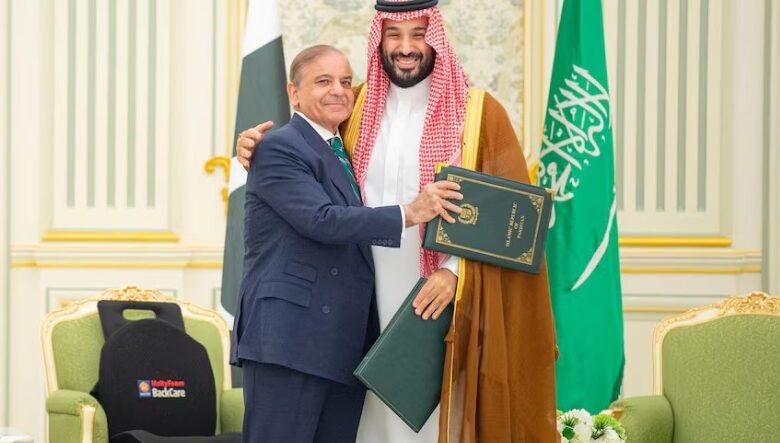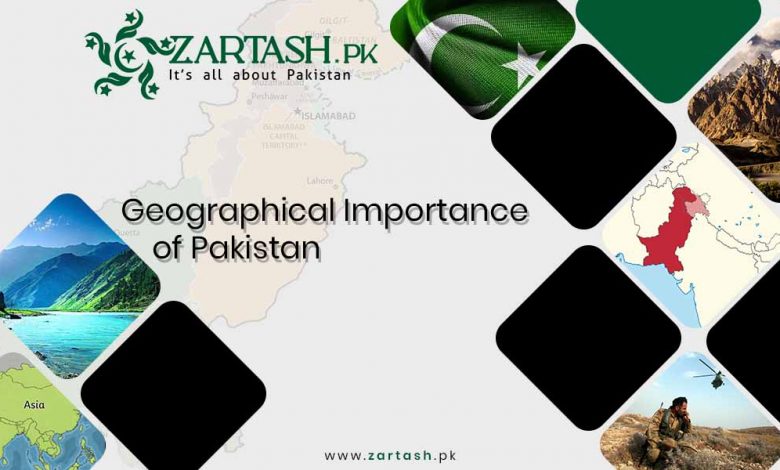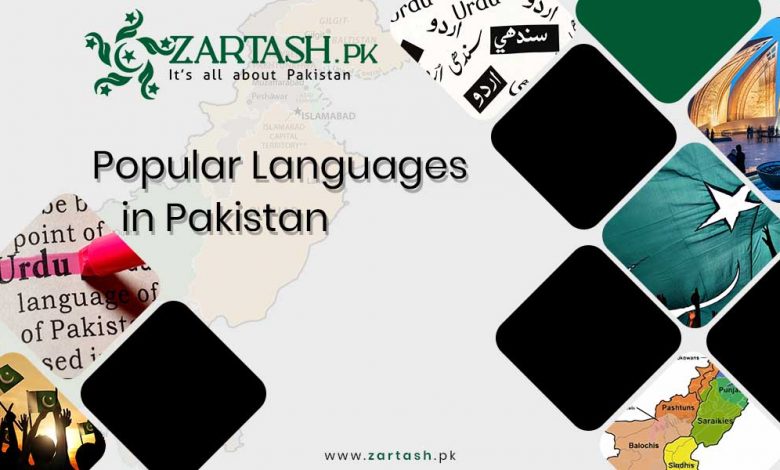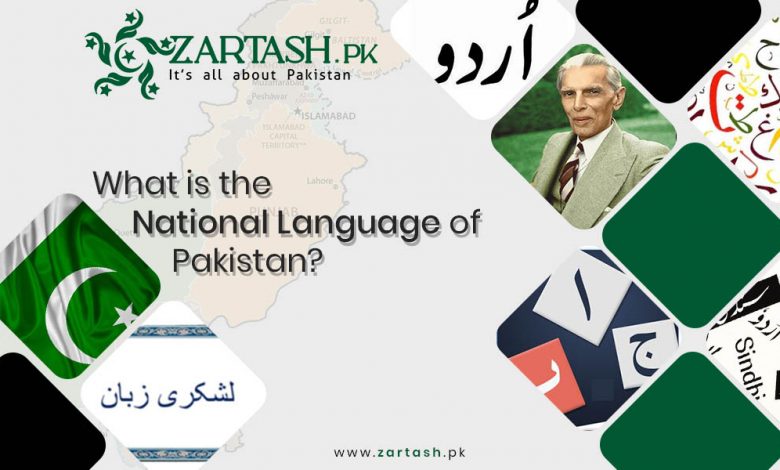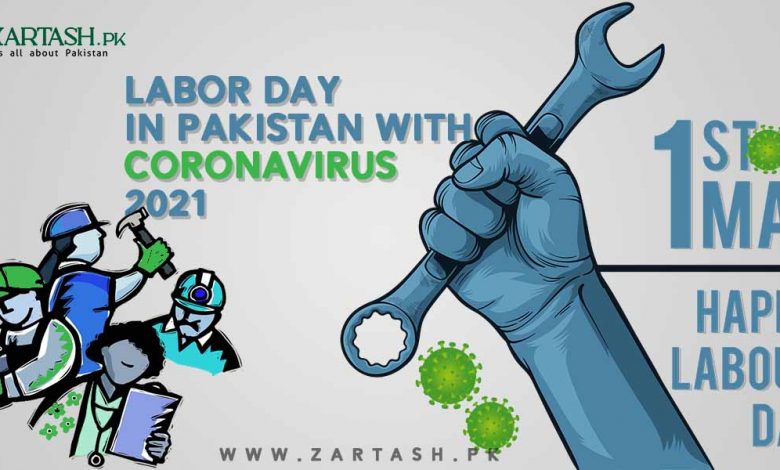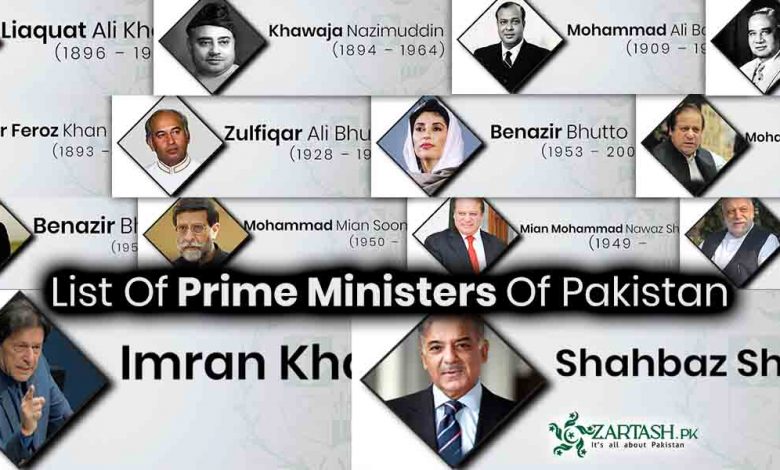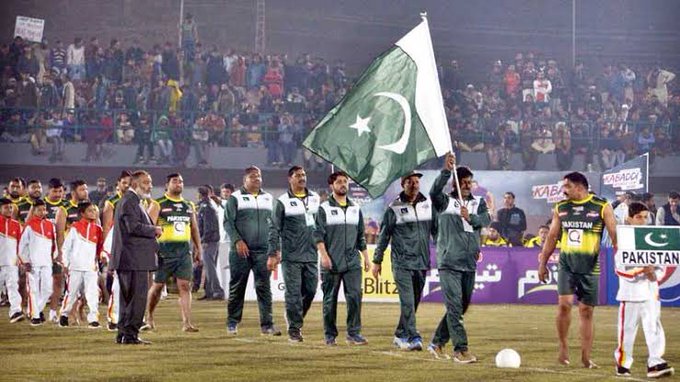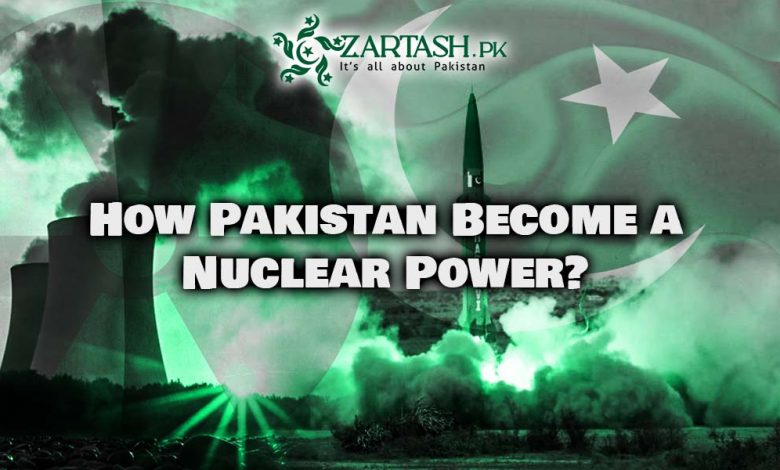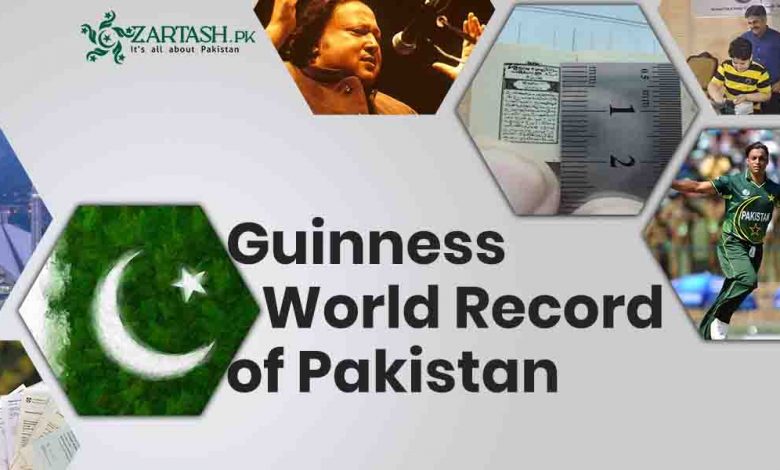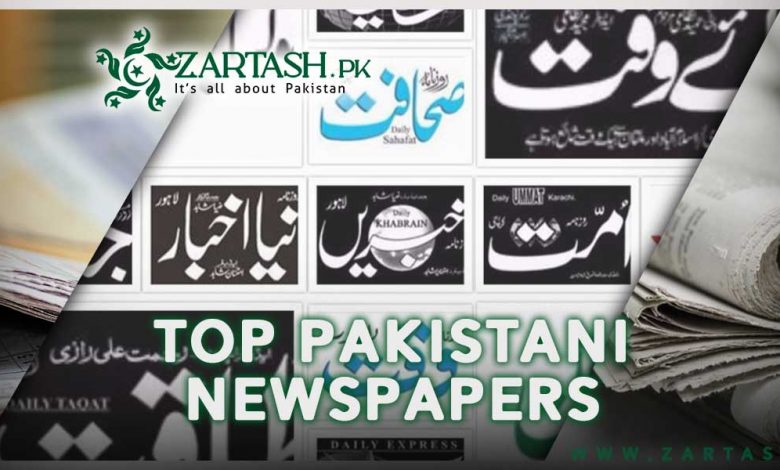On September 17, 2025, in Riyadh, Pakistan and Saudi Arabia signed the Strategic Mutual Defence Agreement (SMDA), a pact being…
Read More »About Pakistan
The geographical importance of Pakistan is undeniable, as its strategic location connects South Asia, Central Asia, and the Middle East.…
Read More »Language is the primary medium of communicating and building relationships with people, which creates a community. Language is the key…
Read More »25th February is celebrated as the day of National Language day in Pakistan. The National language of Pakistan is Urdu…
Read More »Pakistan’s Independence Day carries immense significance for Pakistanis worldwide. It signifies the conclusion of British colonial dominance in the Indian…
Read More »This day marks 3 years to the last national elections in Pakistan, consequent to which PTI formed government under the…
Read More »Pakistan is a country with a rich history, diverse culture, and breathtaking landscapes. In recent years, the country has made…
Read More »What is Labor Day? In more than 80 countries, every year of 1st May is recognized as Labor Day. It…
Read More »To protect the entire region from the disaster of unpredictable weather, Bill Gates suggests some initiatives. The work on the…
Read More »Thatta: The killing of Sindh University Student Irfan Jatoi by Sukkur Police in an alleged encounter triggered protest in Thatta…
Read More »Among those receiving money from the US Company are more than 12,000 non-filers, FBR officials said. Therefore, the decision of…
Read More »Administrative changes in key posts in Punjab will be made on the basis of performance. The changes are aimed at…
Read More »Thatta: A famous social organization HANDS working for social development in the area for many years held its annual National…
Read More »Thatta: Primary School Teachers took out a rally and staged a protest against the new recruitment policy for teachers and…
Read More »Thatta: Speakers at the condolence reference paid a glowing tribute to an acclaimed story writer, poet, and educationist Rasool Bux…
Read More »Thatta: Organizations representing the fishermen community, Environmentalists, and leaders of public opinion expressed serious concerns and resentment over the ruination…
Read More »Thatta: Some influential land grabbers along with their henchmen, armed with deadly weapons, attacked a village near Gharo town in Thatta…
Read More »Prize bonds are one of the best investments to roll in quicker & huge returns in your bank. The Central…
Read More »Severe cases of road accidents due to loose clothing at motorbike have come to listen everyday. Still, ladies in Pakistan…
Read More »Several wishes produce inside human beings. Among all desires, if there is one which lets your determinations to the highest…
Read More »Electric Buses – An Overview Another trading venture has been set up between Pakistan and China. It is good to…
Read More »Did Ertugrul’s Turgut Alp Receive Marriage Proposals from Pakistani Girls? While giving an exclusive interview to a private TV channel…
Read More »A brief List of Prime Minister of Pakistan with Care Takers! The Prime Minister of Islamic Republic of Pakistan is…
Read More »How much was 1 USD to PKR in 1947? In the time when the Pakistani Rupee is facing its lowest…
Read More »The international women’s day – An Overview Here the day comes for which all women from all over the world…
Read More »One of the famous sports in the south Asian country is known as Kabaddi. Basically, it is originated in India.…
Read More »Tayyip Erdogan: The Most Influential Leader in Muslim Ummah Recep Tayyip Erdogan, the current president of Turkey, arrived in Pakistan…
Read More »An initiative towards Digital Pakistan Google executive, Tania Aidrus’s decision creates a bizarre in the world. She left Google for…
Read More »Pakistan’s Prime minister, Imran Khan, has opened Kartarpur Corridor on 9 November 2019. PM Imran Khan inaugurates Kartarpur Corridor, this…
Read More »Royal Visit Pakistan History repeats itself is a true saying as proved by the British Royal Couple Visit Pakistan as…
Read More »Imran Khan Speech – An Overview Pakistani leaders always talk about the right of Kashmiris on different forums for decades.…
Read More »Aitzaz Hasan Shaheed Aitzaz Hasan Bangash, a teenage boy whose martyrdom saved the lives of thousands of other children is…
Read More »Arfa Karim Randhawa – An Inspiration for All Some people are God-gifted. They come in life and become part of…
Read More »Tourism in Pakistan is a superb experience for the one who loves traveling. As Pakistan is situated in South Asia,…
Read More »Fashion and Style Fantasy! Rachel Zoe has rightly said, “Style is the way to say who you are, without having to…
Read More »Pakistan and Bangladesh Bilateral Relations – An Overview Today we Discuss Pakistan Relation with Bangladesh. After the partition of the…
Read More »How Pakistan Become a Nuclear Power – An Overview “We Pakistani nation would like to eat grass but will get Nuclear…
Read More »Best Universities in Pakistan – An Overview Higher education in Pakistan developed considerably after the country’s independence from Great Britain…
Read More »The relationships between India and Pakistan are not friendly since the partition of the subcontinent and they have fought in…
Read More »Let’s discuss something interesting related to Exam Cheating In Pakistan. We all know that cheating is bad, we should not…
Read More »Fortunately, in Pakistan, there are many outstanding and awesome Pakistani whose achievements in education, sports, medical, etc indicate the Guinness…
Read More »Oh, what a country Pakistan is, with no need to take any step for further stability improvement. It is a…
Read More »What is CPEC? CPEC stands for China Pakistan Economic Corridor. Pakistan and China are bound together in the relation of…
Read More »Pakistan Population 2022 The current population of Pakistan is 228,435,814 based on the projections of recent United Nations Data. The Un…
Read More »A newspaper is a publication that is printed and distributed usually at close intervals may be daily or weekly. It…
Read More »PESHAWAR, Pakistan — A Pakistani Army helicopter slammed in a northwestern tribal range that is a Taliban stronghold on Friday,…
Read More »